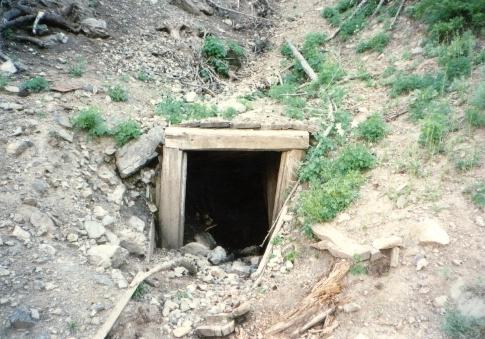Mexicans and Spaniards were the first known non-Indians to enter what is now the state of Utah. The recent discovery and translation of the journals of Juan Maria Rivera show that he led no less than two expeditions into the area of present day Utah in 1765, accomplishing the first white man sightings of Hovenweep and the Colorado River, which he reached on the second trip at the site of modern Moab. Twelve years later, in July 1776 just as the American Revolution was beginning in the East a 10-man exploration team left Santa Fe, New Mexico, under the leadership of two Franciscan priests, Dominguez and Escalante. They entered Utah from the east near the present town of Jensen, traversed the Uinta Basin, crossed the Wasatch Mountains via Diamond Fork and Spanish Fork canyons, and visited the Indian encampment at Utah Lake. Traveling south, they eventually forded the treacherous Colorado River and returned to Santa Fe in January 1777. Early snows had forced them to give up their attempt to reach Monterey, California.
Utahns are indebted to the Dominguez-Escalante expedition because of the detailed diary kept by Father Escalante which describes plant and animal life; geography; and the appearance, dress, food, and life ways-of the Utes and Paiutes. The Rivera journals, the Escalante diary, and the map made by Bernardo de Miera, who accompanied the Dominguez-Escalante party, are the first documents in Utah history.
A picture of the Lady Ann mine in American Fork Canyon. 
Picture courtesy of "spelunker" posted on ezboard.com
 Still being worked on
Still being worked on




